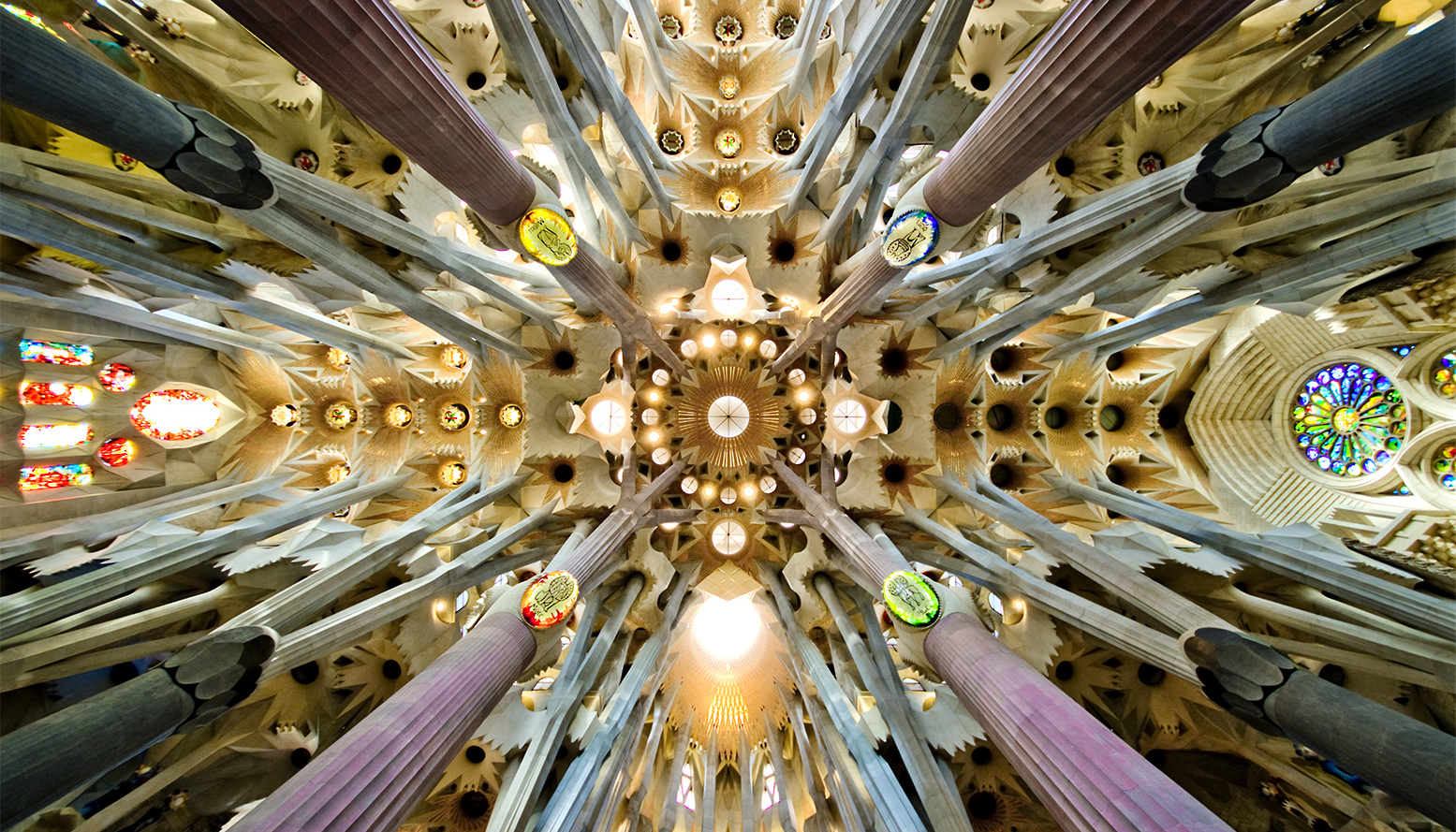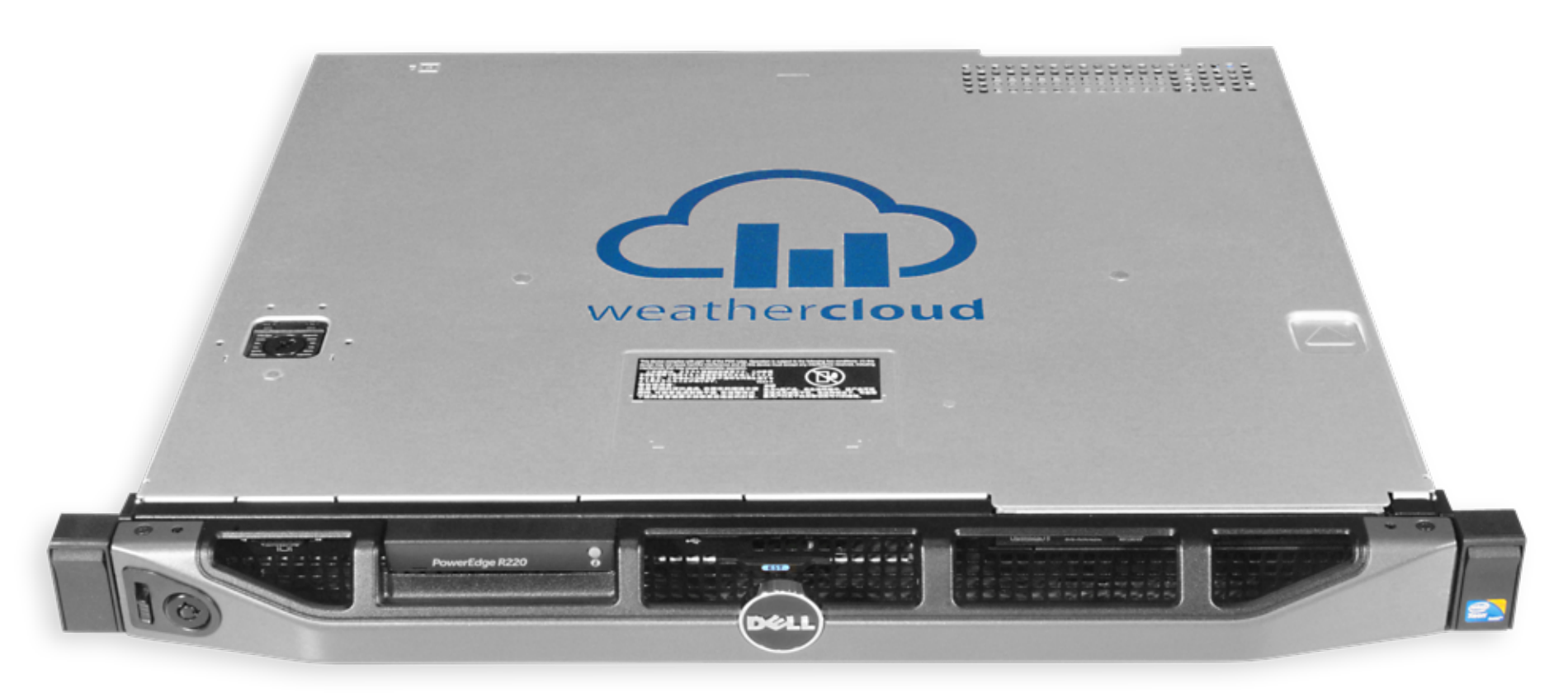Mystical Data Center
One of the most amazing and delightful creations of the architecture of Barcelona, the capital of the Spanish province of Catalonia, is the grandiose Savior Family Church (Temple Expiatori de la Sagrada Família). This is one of the most famous long-term construction projects in the world, the famous project of the architect Antonio Gaudi. Its erection has been going on for more than 130 years with short interruptions (starting in 1882). According to the statement of the Government of Spain, the temple will not be fully completed until 2026.

A constant obstacle was the banal lack of funds for the construction of this truly masterpiece of architecture, since the grandiose project was built solely on donations from residents of Barcelona. Despite the fact that it is still under construction, the captivating magic of this creation attracts more than 3 million tourists a year.

Unique structures on which the arches of the temple rest, reinforced concrete columns lined with basalt, sandstone or granite. The columns go underground to a depth of 20 meters, and reach a height of 70 meters. Each of them can withstand a seven-point earthquake and gusts of wind up to 200 kilometers per hour. This was the first ever house with an underground garage.

For the temple of the Holy Family, the question arose of the advisability of deploying a data center. And of course, if we are talking about the deployment of a data center, the dates in the centuries here are certainly not good at all. Until recently, a small server room was enough to support and maintain the site , as well as to monitor more than 250 CCTV cameras. The commissioning of a small and secure data center would increase the reliability of the site, the number of visitors and users of which is constantly growing. Also, given the introduction of additional services and services in the future that would be provided through the world wide web, current capacities would simply not be enough.
Since the Sagrada Familia was listed as a UNESCO World Heritage Site in 2005, the priority is to preserve it due to its special cultural and historical value. Therefore, the construction of a traditional data center due to the complexity of the project is unacceptable. But a solution was found - prefabricated modular data centers manufactured by AST Modular (Schneider Electric). Modular solutions allow you to deploy your IT infrastructure relatively quickly, one of the pluses also is the absence of a heavy burden of high investment. The project used 2 dual modular data centers of the NON ISO 25 series, each of which holds 10 racks. The rack power is 4 kW, it is also possible to increase this indicator to 8 kW. The project was recently completed, thanks to which the site itself has become more functional and secure, the function of purchasing digital tickets has appeared for visitors,
Also, to ensure the safety of visitors and temple workers, a whole wind monitoring system based on solutions from Weathercloud was developed. The temple was equipped with an ultrasonic anemometer, the sensor of which allows receiving and transmitting data on the speed and direction of the wind even in cases of lack of power supply. All indicators about the wind are collected in real time and stored on a special ventOS server, which is just installed in the new modular data center.

Perhaps the temple is not the most favorable place for the development of various IT technologies, but the fact that they appear in such unusual and mystical placesshows the importance of innovative solutions in our daily lives. Everything around is developing very quickly and even such monumental structures need to keep up with the times.
UPD: a group of students from the University of Eindhoven built Sagrada Família from ice , the so-called pikerit (a mixture of wood sawdust and water ice) was used as material. One dome has a height of about 30 meters, making it the tallest ice dome in the world. Interestingly, they don’t think about placing a data center in such favorable cool conditions.

A constant obstacle was the banal lack of funds for the construction of this truly masterpiece of architecture, since the grandiose project was built solely on donations from residents of Barcelona. Despite the fact that it is still under construction, the captivating magic of this creation attracts more than 3 million tourists a year.

Unique structures on which the arches of the temple rest, reinforced concrete columns lined with basalt, sandstone or granite. The columns go underground to a depth of 20 meters, and reach a height of 70 meters. Each of them can withstand a seven-point earthquake and gusts of wind up to 200 kilometers per hour. This was the first ever house with an underground garage.

For the temple of the Holy Family, the question arose of the advisability of deploying a data center. And of course, if we are talking about the deployment of a data center, the dates in the centuries here are certainly not good at all. Until recently, a small server room was enough to support and maintain the site , as well as to monitor more than 250 CCTV cameras. The commissioning of a small and secure data center would increase the reliability of the site, the number of visitors and users of which is constantly growing. Also, given the introduction of additional services and services in the future that would be provided through the world wide web, current capacities would simply not be enough.
Since the Sagrada Familia was listed as a UNESCO World Heritage Site in 2005, the priority is to preserve it due to its special cultural and historical value. Therefore, the construction of a traditional data center due to the complexity of the project is unacceptable. But a solution was found - prefabricated modular data centers manufactured by AST Modular (Schneider Electric). Modular solutions allow you to deploy your IT infrastructure relatively quickly, one of the pluses also is the absence of a heavy burden of high investment. The project used 2 dual modular data centers of the NON ISO 25 series, each of which holds 10 racks. The rack power is 4 kW, it is also possible to increase this indicator to 8 kW. The project was recently completed, thanks to which the site itself has become more functional and secure, the function of purchasing digital tickets has appeared for visitors,
Also, to ensure the safety of visitors and temple workers, a whole wind monitoring system based on solutions from Weathercloud was developed. The temple was equipped with an ultrasonic anemometer, the sensor of which allows receiving and transmitting data on the speed and direction of the wind even in cases of lack of power supply. All indicators about the wind are collected in real time and stored on a special ventOS server, which is just installed in the new modular data center.

Perhaps the temple is not the most favorable place for the development of various IT technologies, but the fact that they appear in such unusual and mystical placesshows the importance of innovative solutions in our daily lives. Everything around is developing very quickly and even such monumental structures need to keep up with the times.
UPD: a group of students from the University of Eindhoven built Sagrada Família from ice , the so-called pikerit (a mixture of wood sawdust and water ice) was used as material. One dome has a height of about 30 meters, making it the tallest ice dome in the world. Interestingly, they don’t think about placing a data center in such favorable cool conditions.
